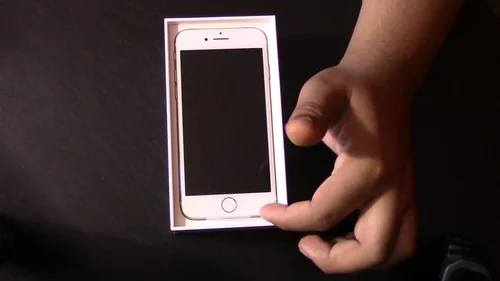Flat feet can cause a lot of pain and problems. There are several ways to relieve the pain and improve the condition.
Rest, foot exercises and arch supports can all help. In severe cases, surgery is required to repair the tendons and bones that support the arch. But this is only done if nonsurgical treatments have failed.
Stretches
Keeping your feet strong and flexible is an important part of managing flat feet. This will help reduce pain, improve balance, and decrease the likelihood of injury. You can do a variety of exercises at home to strengthen and stretch your feet. These include the seated foot stretch and the stair stretch. These are simple to perform and can improve your mobility and reduce pain.
A foot and ankle specialist can help you determine the best stretching exercises for your condition. These will be based on the severity of your symptoms and the level of flexibility in your foot muscles. They may also recommend other therapies that can reduce your pain and improve your overall balance and gait.
Bogden says that the most important thing is to start small and build up slowly. Doing too much too fast can cause pain and injury. This is because flat feet lack shock absorption, which means that other parts of your body need to absorb the load and this can overload the achilles, calf, knee, hip or back.
The first exercise to try is the seated foot stretch. This involves sitting in a chair and crossing your affected foot over the opposite leg. Then, pull on the toes of your affected foot toward the ankle. Hold this for 10 seconds and then switch legs. Repeat this for a few minutes each day.
Massages
Many people with flat feet experience pain from walking or other activity due to ligament laxity causing the arch to collapse. Chronic heel pain may also result from inflammation or deterioration of the plantar fascia (the fibrous band that supports the arch of the foot). Foot massage helps relieve these symptoms by improving muscle flexibility and reducing stress.
In addition to relieving pain, foot and ankle massages help promote blood circulation. This is especially important in the lower extremities, where blood flow can be restricted by poor footwear and tight muscles. In fact, studies have shown that regular foot massage decreases systolic blood pressure and blood triglyceride levels in individuals with hypertension.
Foot massage for flat feet involves massaging the foot and ankle to improve flexibility, strengthen weakened muscles and stretch shortened tendons. The therapist may also perform a full foot assessment to determine the best treatment course. Often, massage will be combined with specific stretching exercises and orthotics.
In severe cases, when conservative management strategies do not provide relief, surgical intervention may be needed. A medical practitioner, called a podiatrist, will evaluate the patient’s feet and conduct an X-ray. Depending on the cause of the flat foot deformity, surgery may involve fusing bones together to prevent deformity, changing the alignment of the foot, or repairing a ruptured tendon.
Orthotics
Flat feet can cause pain when they don’t align with the bones, muscles, and joints that support them as you move. Orthotics are medical devices you wear inside your shoes to correct these biomechanical problems and help prevent other health issues such as arthritis, bunions, hip pain, and low back pain.
Custom orthotics are designed to correct specific areas of the foot and the way they move. They may be rigid, semi-rigid, or flexible. Rigid orthotics provide more arch support and stability while semi-rigid orthotics offer flexibility in a cushioned top layer that posts the foot to meet the ground better. Flexible orthotics are best for people who are more active and require more flexibility in their arches.
In some cases, an orthotic can eliminate the need for a more invasive surgical procedure for flat feet. This can mean less pain, faster healing, and no risk of blood clots or infections.
For most, a physical therapy regimen with the addition of orthotics will resolve their flat feet pain without the need for surgery. However, if your symptoms are not improving with conservative treatments, it’s important to see your doctor to determine the best course of action for you. The doctor can order X-rays and other diagnostic tests to check the structure of your feet. If necessary, the doctor can recommend custom-made or over-the-counter orthotics to help relieve your flat feet pain.
Shoes
Flat feet are a common condition that can affect 20-30% of the population. They’re also known as fallen arches, and they can cause pain in the feet, knees, hips and back. A physical therapist can teach you exercises to strengthen the foot and leg muscles that can reduce the impact on the feet and help relieve pain from flat feet.
Shoe features that can help people with flat feet include extra cushioning and a flexible sole. Shoes with a firm support in the arch area and a deep heel cup can prevent overpronation, which is a common problem for people with flat feet. The shoe’s outer material should also be soft and comfortable.
Many footwear options are available for people with flat feet, including stability running shoes, which are specifically designed to support the foot’s natural curve. Over-the-counter arch supports can also help. In general, avoid sandals and flip-flops, which are not supportive of the feet and may worsen the condition.
If you suffer from flat feet, you should talk to your doctor. They can assess your condition and recommend appropriate treatments, such as exercise, orthotics or physical therapy. In some cases, surgery may be necessary. If you have children with flat feet, your doctor can give you advice on how to help them live a healthy lifestyle.










